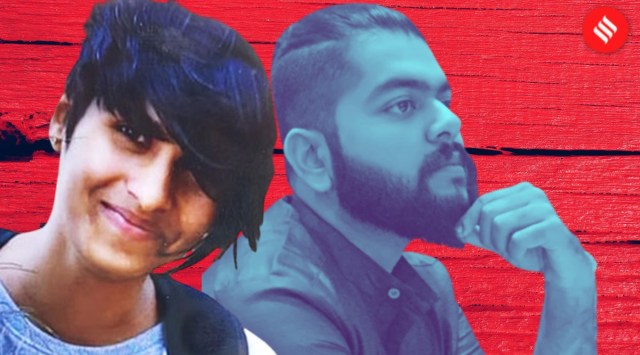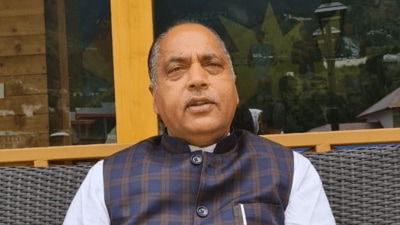Stay updated with the latest - Click here to follow us on Instagram
Police seek narco test of Aaftab Poonawala: How agencies have used it in cases such as riots, terror attack, blind murders
Narco analysis test involves the intravenous administration of the drug sodium pentothal, which causes the subject to enter into a hypnotic trance and become less inhibited.
 Narco analysis test of Aaftab Poonawala in Shraddha Walkar murder case. (Express Photo)
Narco analysis test of Aaftab Poonawala in Shraddha Walkar murder case. (Express Photo)
The Delhi Police have moved a local court seeking permission to conduct a narco analysis test on Aaftab Poonawala, the 28-year-old, accused of killing his 27-year-old live-in partner Shraddha Walkar in May this year, chopping her body and disposing of them over two-three months.
Investigating agencies often use the narco test in complicated as well as high-profile cases to further their investigation.
The narco analysis test was most notably used in the 2002 Gujarat riots case, Abdul Karim Telgi fake stamp paper scam, the Nithari killings case in 2007 and the 26/11 Mumbai terror attack case on captured terrorist Ajmal Kasab.
In the Arushi Talwar murder case in Noida, a video of a narco test on the compounder, Krishna, was leaked to the media in 2015.
In 2017, Indrani Mukerjea, who was facing trial for allegedly murdering her daughter Sheena Bora in 2012, offered to undergo the lie detector test. The agency refused her request citing sufficient evidence against her.
In 2019, a CBI court allowed a narco test on the driver and a cleaner in connection with the accident case of the Unnao rape survivor.
In 2020, the Uttar Pradesh government announced its intent to use narco analysis on the victim’s family, the accused and negligent state officials for the murder and alleged gangrape of a 19-year-old Dalit woman in Hathras. The victim’s family refused the tests.
Narco analysis test involves the intravenous administration of the drug sodium pentothal, which causes the subject to enter into a hypnotic trance and become less inhibited.
While the subject is in this drug-induced hypnotic state, it provides the investigators with an opportunity to extract information during the questioning which may aid the investigation.
This drug has routinely been used for inducing general anaesthesia in surgical procedures and in the field of psychiatry for its use in the diagnosis of mental disorders.
It was used during World War II to make shell-shocked soldiers open up about their battle experiences to psychologists.
In the 1950s, the Central Intelligence Agency (CIA) “conducted research on the use of sodium pentothal for aiding interrogations in intelligence and counter-terrorism operations”.
The legality surrounding the narco analysis test has been dealt with a Supreme Court judgement titled ‘Selvi & Ors vs State of Karnataka & Anr (2010)’ which was passed by a bench comprising then Chief Justice of India K G Balakrishnan and Justices R V Raveendran and J M Panchal.
The Supreme Court held that “no individual should be forcibly subjected to any of the techniques in question, whether in the context of investigation in criminal cases or otherwise”.
It reasoned that “doing so would amount to an unwarranted intrusion into personal liberty”.
The court, however, left room for the voluntary administration of the test with safeguards in place. But even those will not be admitted as evidence because the subject “does not exercise conscious control” over the responses during the test.
However, if the tests yield a discovery of new information or material then that qualifies as evidence under Section 27 of the Evidence Act, 1872.
The Supreme Court also considered empirical studies which show that “during the hypnotic stage, individuals are prone to suggestibility and there is a good chance that false results could lead to a finding of guilt or innocence”.
It warned that subjects could also concoct fanciful stories in the course of the `hypnotic stage’.







